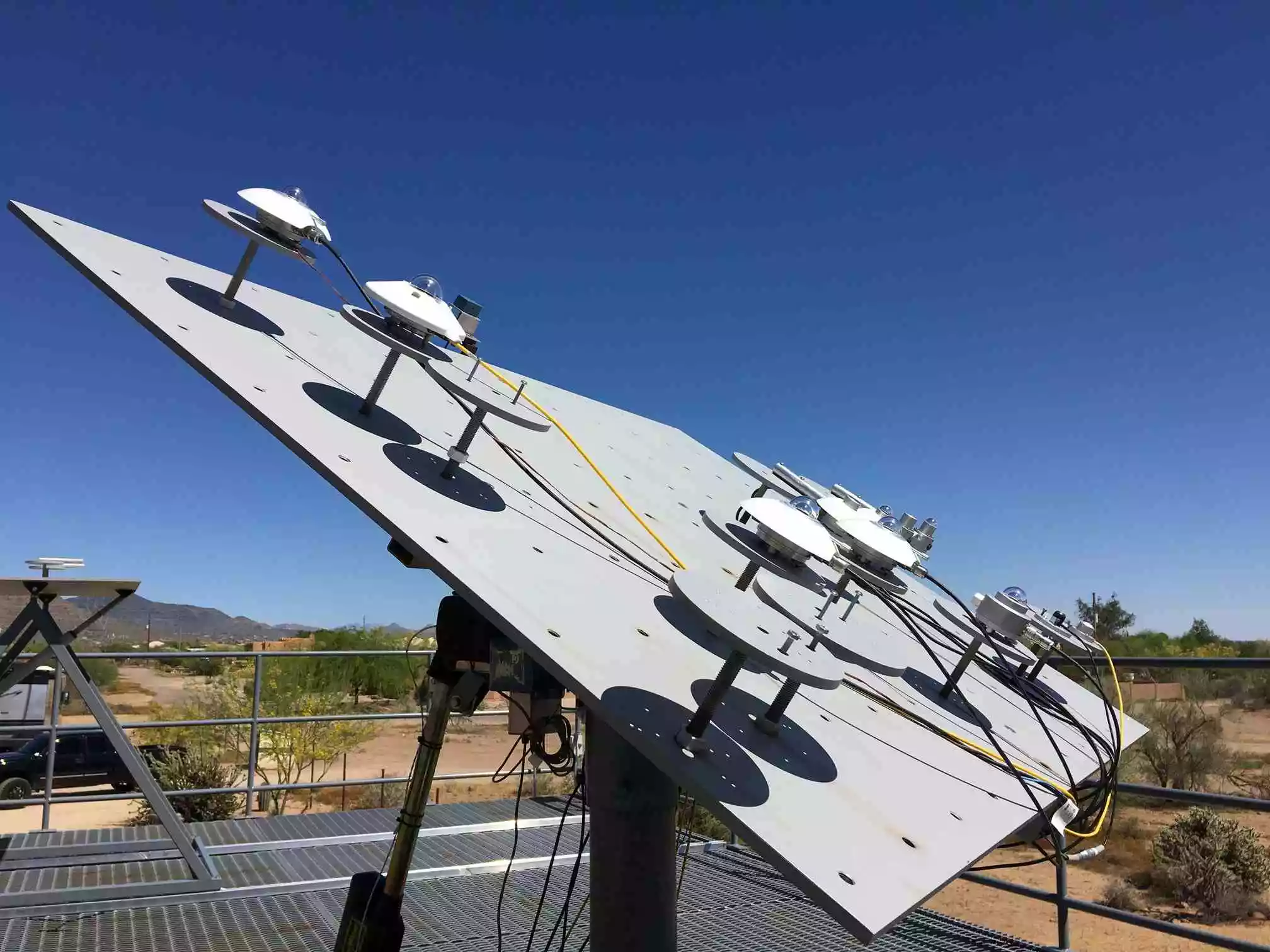
PAR Sensor Calibration: Best Practices for Precision Agriculture
PAR Sensor Calibration: Best Practices for Precision Agriculture
Precision agriculture leverages advanced technology to optimize crop yields, maximize resource efficiency, and improve sustainability. One critical technology in precision agriculture is the Photosynthetically Active Radiation (PAR) sensor. Proper calibration of PAR sensors ensures accurate measurements, crucial for informed decision-making in crop management.
What is a PAR Sensor?
A PAR sensor measures the amount of light available for photosynthesis within the 400–700 nm wavelength range. Accurate PAR measurements enable farmers and agronomists to assess plant growth, optimize lighting conditions in controlled environments, and manage crop productivity effectively.
Importance of Accurate PAR Sensor Calibration
Calibration accuracy directly impacts agricultural productivity. Miscalibrated PAR sensors can lead to:
- Incorrect assessments of plant health and growth
- Suboptimal lighting adjustments in greenhouses or controlled environments
- Inefficient resource use, potentially increasing costs
Ensuring regular and precise calibration helps avoid these issues, enhancing crop management outcomes.
Best Practices for PAR Sensor Calibration
1. Adhere to Regular Calibration Intervals
Regular calibration intervals, typically recommended annually or bi-annually, maintain sensor accuracy. More frequent calibration might be necessary in high-precision agriculture operations or extreme environmental conditions.
2. Utilize Accredited Calibration Laboratories
Partner with ISO/IEC 17025 accredited laboratories, like ISO-CAL North America, to ensure traceable, reliable, and accurate calibration standards. Accredited labs use industry-leading methods, ensuring calibration validity and consistency.
3. Indoor vs. Outdoor Calibration
- Indoor Calibration: Typically performed under controlled laboratory conditions using calibrated light sources. It ensures high precision and repeatability.
- Outdoor Calibration: Conducted under natural sunlight, providing conditions similar to actual use. Often recommended for sensors regularly used outdoors.
A combination of both methods can provide comprehensive calibration coverage.
4. Proper Handling and Maintenance
Handle sensors carefully to prevent damage. Regularly inspect sensor lenses for dirt, scratches, or obstructions and clean gently using appropriate cleaning solutions and materials.
5. Document Calibration Results
Maintain detailed records of calibration dates, procedures, results, and adjustments made. Documentation ensures traceability, supports compliance, and aids troubleshooting if sensor issues arise.
Common Mistakes to Avoid
- Neglecting Regular Calibration: Waiting too long between calibrations can compromise data accuracy significantly.
- Improper Environmental Controls: Calibration performed under inconsistent or uncontrolled conditions can yield unreliable results.
- DIY Calibration Without Proper Tools: Professional calibration equipment and expertise are essential. Attempting DIY calibration without proper training and equipment can result in inaccurate readings.
Leveraging Accurate PAR Data for Enhanced Crop Management
Accurate calibration of PAR sensors empowers precision agriculture practices by:
- Optimizing lighting strategies in greenhouses
- Improving yield predictions through reliable photosynthesis data
- Enhancing resource allocation for better plant growth outcomes
Conclusion
Calibrating your PAR sensors using established best practices ensures accurate and dependable data critical for precision agriculture. By partnering with accredited calibration experts and adhering to recommended guidelines, agricultural professionals can significantly enhance crop management, sustainability, and productivity.



